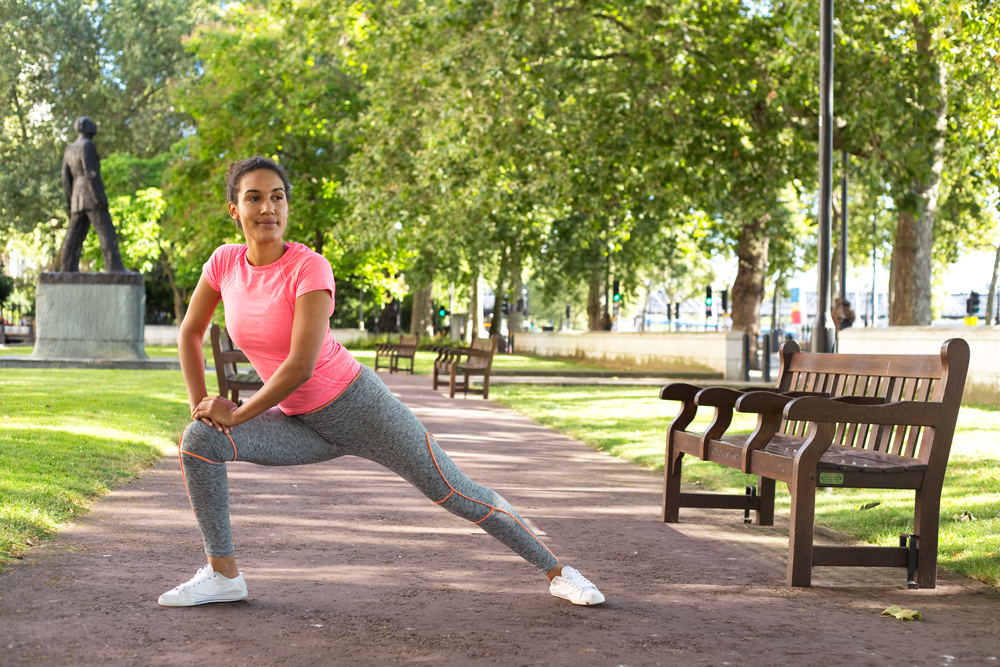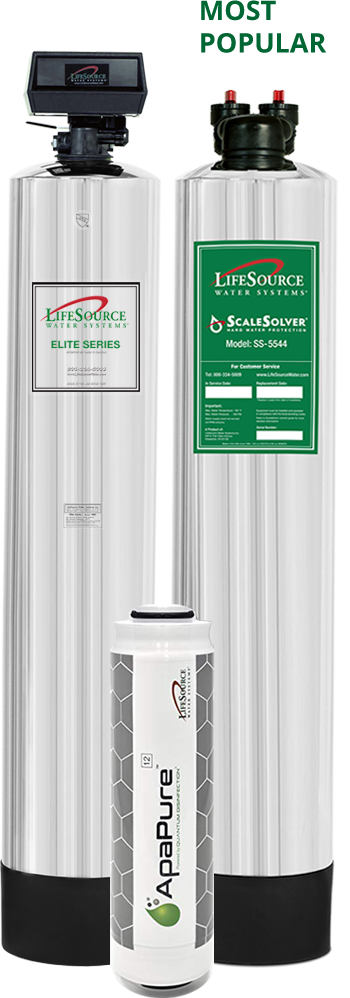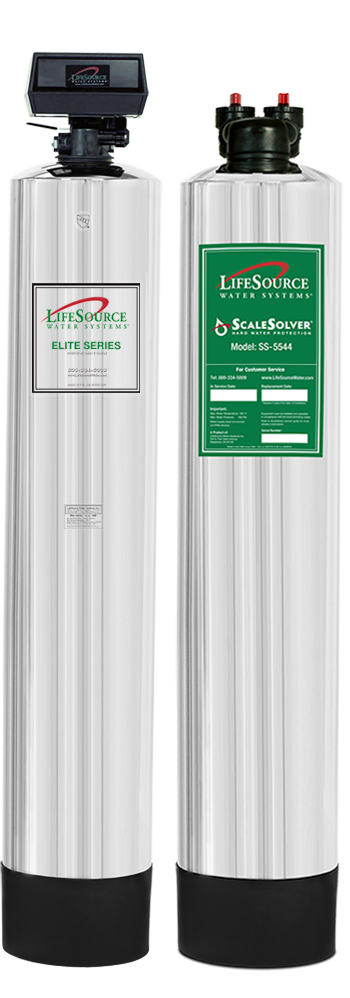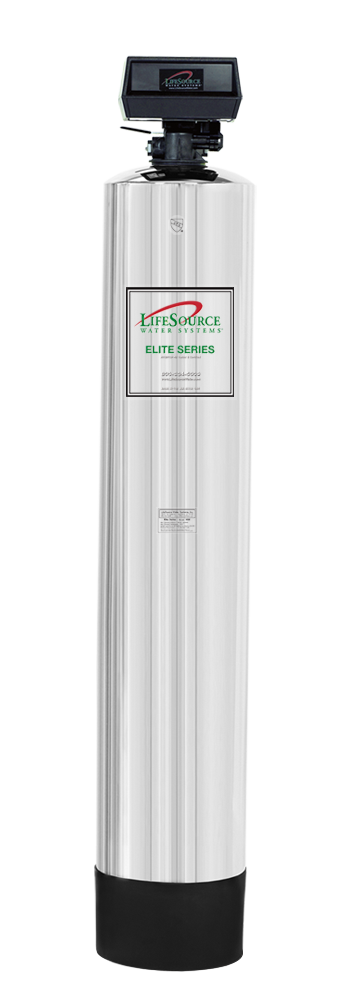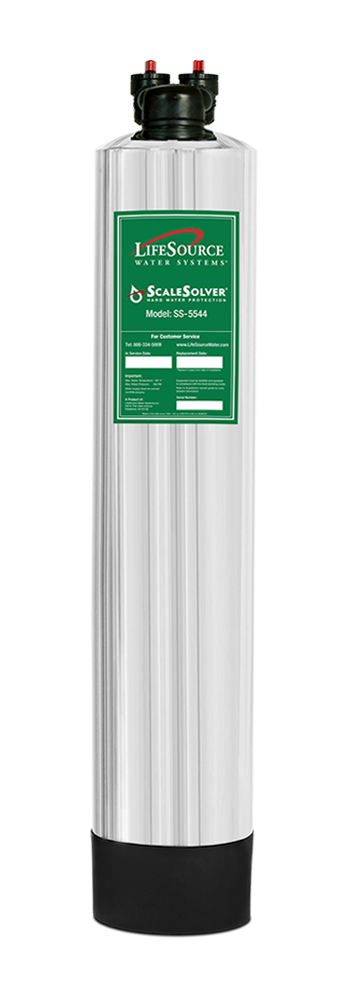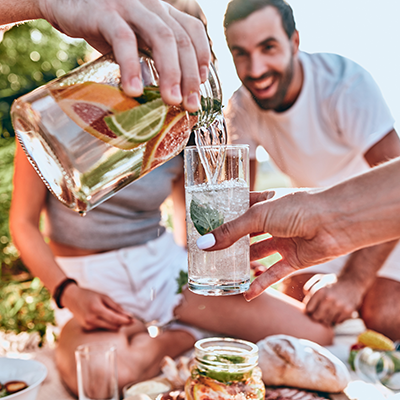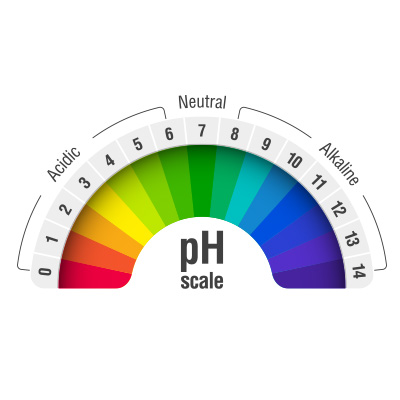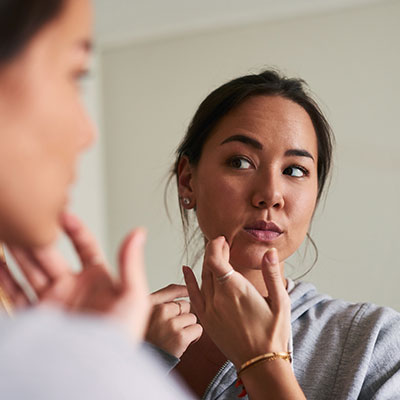
Looking for Peak Performance?
Staying Hydrated is Your Answer
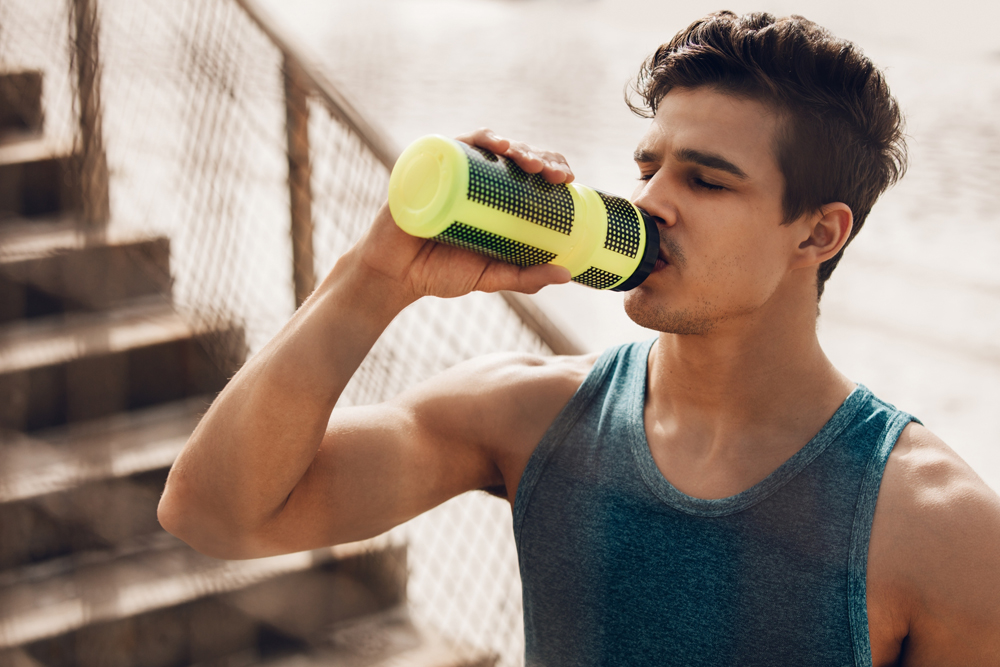
Drinking too much water right before exercise can lead to cramping. To combat this, make sure you stay hydrated all day long. The American Council on Exercise has suggested these basic guidelines for drinking water before physical activity:
• Drink 17 to 20 ounces of water 2 to 3 hours before you start exercising
• Drink 8 ounces of water 20 to 30 minutes before you start exercising or during your warm-up
A general rule of thumb is to try to drink at least half your body weight in ounces throughout the day, every day. Check out this pounds-to-ounces calculator to figure out how much you should be drinking.
When you are active, your body sweats to regulate body temperature and cool itself down. The more you sweat, the more fluid is lost. This loss will need to be replenished in order to maximize performance and endurance.
You will want to drink 7 to 10 ounces of water every 10 to 20 minutes during exercise. You will also want to drink more if you are working out outdoors when it is hot and humid outside. When it's hot and you're sweating, it's easier to get dehydrated. Even slight dehydration can make the effort feel tougher.
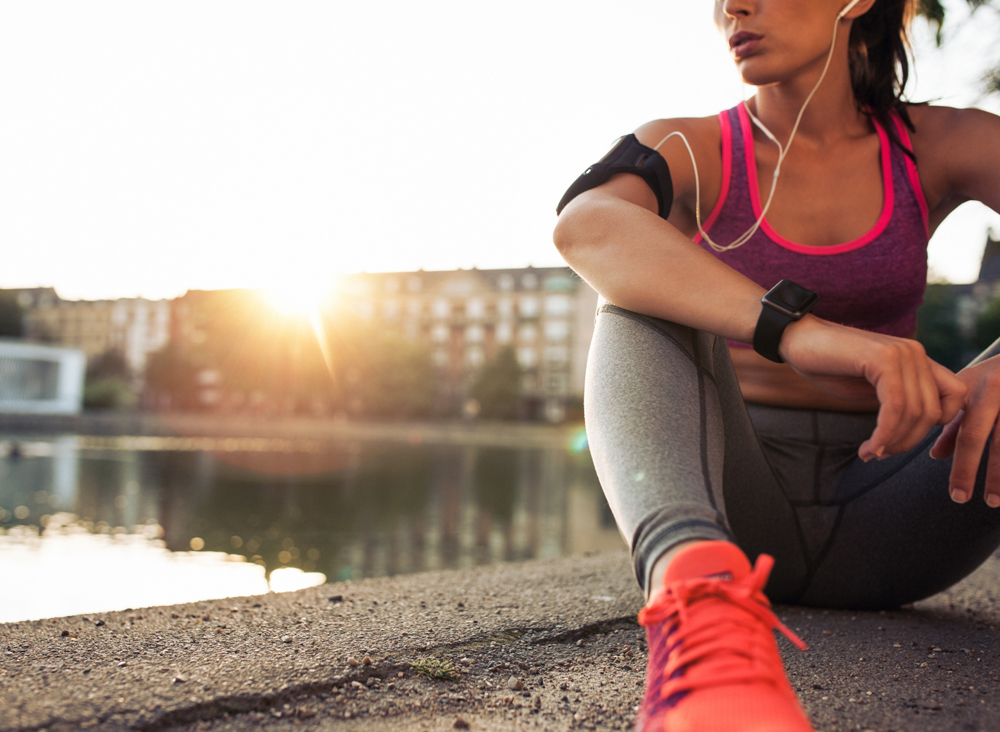
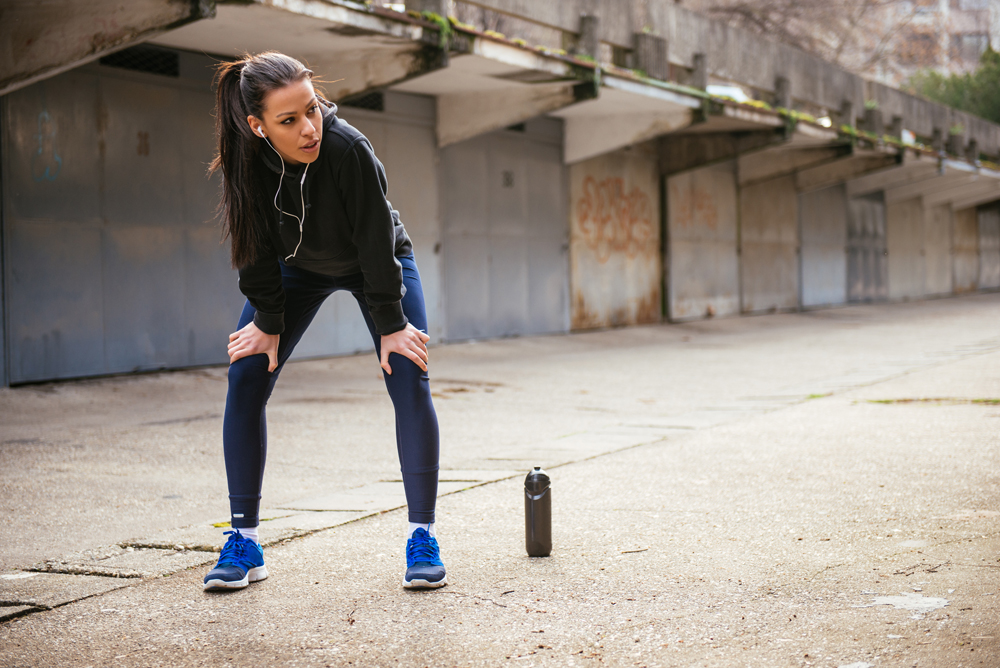
When it comes to water loss during an intense or prolonged workout, everyone is different. During heavy exercise, weigh yourself immediately before and after your workout session. If you see immediate weight loss, you've lost water weight. Drink 3 cups of fluid for every pound lost to replace what you have perspired.
When we sweat, we lose natural sodium that our bodies need. Sports drinks are popular, but they contain a ton of sugar and additives that are unnecessary for recovery.
If you’re looking for a boost, try this all-natural recipe to make your own sports drink. Just combine these ingredients:
• 8 teaspoons sugar
• 2 teaspoons honey
• 1/3 teaspoon salt
• 1 teaspoon lime juice
• 24 ounces of LifeSource water
You can also mix water with an electrolyte tablet. There are many types of sugar-free, low-calorie electrolyte tablets, which dissolve quickly in water and help replenish electrolytes.
Do you need motivation to get active? Here are some fitness tips for beginners.
1. Start slow.
Your body will be resistant at first and your muscles will be sore. Gradually increase the intensity of your workouts over time.
2. Walk before you run.
Literally. Give your body time to adjust to the increase in intensity. When you are ready, start with 30 seconds to one minute of running and follow with at least double the time power-walking—1-3 minutes, or until you catch your breath. Progress little by little, adding more running to the mix and less walking.
3. Start with a warmup.
Dynamic stretching is great for a warmup to get your muscles engaged and ready for what’s coming next. The short definition of dynamic stretching is “stretching as you are moving”. An example of this is alternating pulling your knees to your chest as you walk forward.
4. End with a cooldown.
Static stretching, which was traditionally used before exercise is now recommended as your cooldown. When you engage your muscles, they shorten. The static stretch is a way to slow your heart rate down and elongate your muscles. Try holding each stretch for 10-30 seconds.
